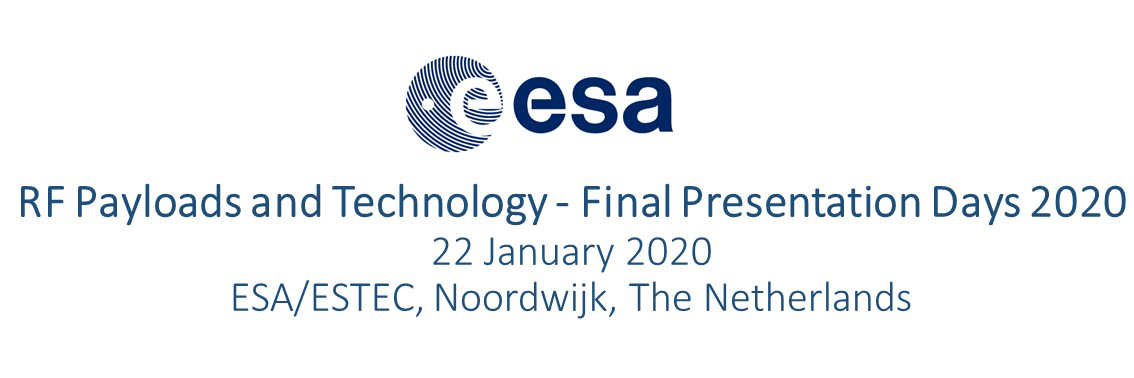Speaker
Description
For the next generation of THz radiometer instruments for deep-space mission exploration, space-borne weather and climate research, as well as for the upcoming class of heterodyne cryogenic receiver arrays for radio astronomy, new integrated solutions are necessary at both circuit and package level. Membrane integrated Schottky diode MMIC technology will continue to play an important role, both as receiver element and for LO generation. We present a high-performance multichip dual-polarisation receiver based on membrane integrated Schottky diode and cryogenic InP HEMT MMIC circuit designs. The concept is based on a practical low-loss GaAs membrane integrated orthomode transducer (OMT) at 424 GHz, which is composed of two orthogonal open-ended E-plane probes in a circular waveguide, integrated with a smooth wall spline horn antenna package. The proposed structure is suitable for building compact dual-polarisation receivers in the lower THz range (~100 GHz – 1 THz) and is readily integrated directly to the first receiver element, in this case a subharmonic GaAs Schottky diode mixer, without any additional penalty in terms of loss or manufacturability.
A on-chip integrated dual polarization 424 GHz receiver employing membrane integrated GaAs Schottky diode circuits with a measured 20 dB cross-polarization discrimination and 900 K typical DSB receiver noise at room temperature, is presented. The receiver utilizes a package integrated smooth-wall spline-horn antenna with a planar ultra-low loss on-chip ortho-mode transducer consisting of two orthogonal open-ended E-field probes. The E-field probes are integrated and co-optimized with the sub-harmonic GaAs Schottky diode membrane mixer circuits. InP HEMT MMIC’s covering the 0.2-6 GHz IF band are co-integrated with the mixers for improved gain, noise and stability response. A record low receiver noise of 680 K DSB was measured at 421.7 GHz effective LO frequency and 0.5 GHz IF frequency with excess 10 seconds Allan variance times. The estimated mixer DSB noise was 600 K assuming 9 dB conversion loss and a minimum LNA noise temperature of 20 K. Antenna E-,D-, H-, and cross polar beampatterns were in good agreement with simulations up to +-15 degrees in azimuth direction limited by the truncation of the antenna fixture test setup. The demonstrated novel integrated dual polarization receiver topology offers optimum sensitivity at minimum package envelope and is readily scale able to lower as well as higher frequency bands.
This activity has in part been funded under a GSTP 6.2 ESA contract (No. 4000119261/16/NL/GLC) “Dual probe THz receiver”. The research has been carried out in the GigaHertz Centre in a joint project financed by the Swedish Government Agency for Innovation Systems (VINNOVA), Chalmers University of Technology, Omnisys Instruments, Low Noise Factory, Wasa Millimeters Wave, and RISE.
| ESA Technical Officer | Elena Saenz |
|---|

